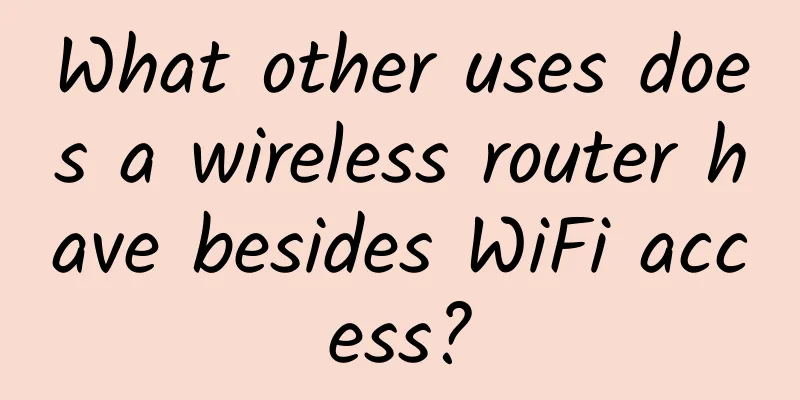5G and eSIM are now a must for IoT companies

|
Embedded Subscriber Identity Module (eSIM) technology was introduced more than a decade ago. While it did not become the disruptor of the communications and telecommunications industries that many predicted, it eventually found success through the Internet of Things (IoT). However, over the past 12 months or so, both the IoT and eSIM industries have seen huge growth and adoption by leading companies in the sector. Research from analyst Omdia suggests this growth will continue as both become entrenched in the enterprise. The Omdia IoT Enterprise Survey analyzed the views of 506 IoT companies. The study found that IoT deployment plays a vital role in the digital transformation strategies of many companies, bringing benefits such as increased productivity, cost savings and achieving environmental sustainability goals. As a result, companies continue to increase spending on IoT solutions and widely expand deployment. Omdia’s survey results show that enterprises are deploying or in the process of rolling out IoT solutions, with 95% of respondents expecting to see measurable benefits from IoT within two years of deployment. The results also show that while LTE (4G) remains a popular connectivity carrier, more than 70% of enterprises plan to use 5G connectivity. At the same time, eSIM and related iSIM technologies have been or will be adopted by nearly 90% of enterprises in the next two years. This technology will enable enterprises to better manage costs and allow them to renegotiate future connection tariffs. Looking ahead, Omdia noted that the survey results show a very positive growth in the deployment of IoT solutions, which indicates a positive ripple effect for players across the IoT value chain, but competition will intensify. Given that deploying IoT solutions is often complex and requires multiple skills to succeed, companies are increasingly relying on suppliers and partners. Many companies see acquiring relevant resources and skills internally as a major obstacle. “While some tech giants have scaled back their IoT efforts, enterprises are embracing IoT and seeing significant results,” said John Canali, lead analyst for IoT at Omdia and author of the report. “In fact, enterprises are very forward-thinking in adopting new technologies such as 5G, fixed wireless access [FWA], and eSIM/iSIM technology.” Andrew Brown, IoT practice leader at Omdia, added: “Our survey shows that there are a lot of opportunities from hardware to software to connectivity to services.” “However, security remains a top concern for enterprises and vendors must be able to not only provide secure products and services, but also integrate effectively into a wider solution. Vendors that fail to provide secure solutions will find themselves excluded from this growing market.” |
>>: The past and present of ultra-low latency live broadcast technology
Recommend
SaltyfishTech Germany 9929 package free upgrade, 15% off for quarterly payment, $19/quarter-dual core/1GB/15GB/1.15TB@300Mbps
SaltyfishTech (咸鱼云) recently upgraded the Frankfu...
Google withdraws from 2021 MWC World Mobile Communications Conference
The annual MWC World Mobile Communications Confer...
WiFi beginners guide: 4 things you need to know
Gone are the days of firing up our computers, plu...
What are the differences between Bare Metal switches, White Box switches, and Brite Box switches?
In today's era of increasingly dynamic IT env...
Outlook for Nine Technology Trends in the Digital Economy from 2021 to 2025
[[361322]] The digital economy is divided into th...
Basic introduction and installation verification of the open source API gateway Kong
Today I am going to introduce the open source API...
Overview of 5G development plans for the country and provinces and cities in 2021
As an important carrier for the development of th...
Building "China's Most Secure Cloud"! Huawei Cloud Passes the Most Stringent PCI-DSS Security Certification in History
[51CTO.com original article] On March 22, Huawei ...
WeChat strongly promotes live broadcast in Moments, netizens are furious: it is so ugly
Live streaming is gaining popularity. If a produc...
RackNerd: Los Angeles AMD Ryzen+NVMe series Windows VPS restock starting at $60/year
RackNerd recently restocked the DC02 (MC Data Cen...
Why are 5G private networks favored by countries with developed manufacturing industries?
Currently, private networks are increasingly used...
5G will explode with AI, cloud, and edge computing
The 5G era has arrived, and all walks of life are...
RAKsmart popular servers start at $30/month, 1Gbps unlimited traffic servers start at $99/month, US/Hong Kong/Korea/Japan data centers
RAKsmart has started its promotion this month. It...
Are Paxos and Raft not consensus algorithms/protocols?
As a member of the Internet, we are often immerse...
The ultimate secret to speeding up WiFi is here!
[[434247]] Reasonable configuration of channel wi...









